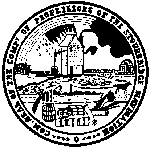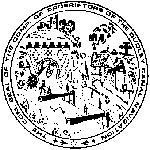 The
original proposal of 1766 by was surveyed by James Brindley who
was surveying the nearby Staffs and Worcs Canal. The proposers
included the Earl of Stamford, Thomas Foley & John Hodgetts,
and the canal was to link Stourbridge with the Staffs & Worcs
at Stourton.
The
original proposal of 1766 by was surveyed by James Brindley who
was surveying the nearby Staffs and Worcs Canal. The proposers
included the Earl of Stamford, Thomas Foley & John Hodgetts,
and the canal was to link Stourbridge with the Staffs & Worcs
at Stourton.
Lord Dudley joined the proposers
in 1774, at a time of Land Enclosure Acts across Pensnett Chase
on the Coal-field, and a new survey was made by Robert Whitworth.
Other colliery owners, iron masters, glass makers etc. had joined
the promoters and after a public meeting in Stourbridge in 1775
it was decided the canal should have a branch to Dudley.
The Bill for construction
of the canal was opposed in Parliament in the spring of 1775,
by the Birmingham Canal Navigation company and mine owners who
would not be served by the canal.
The following year Acts for
two separate canals were passed by Parliament on the 2nd April
1776, and the Stourbridge Canal was opened in 1779 from Stourton
to Stourbridge with branches to Fens Pools on Pensnett Chase and
the bottom of Delph Locks where it joined the Dudley Canal.
![]()

 The
original proposal of 1766 by was surveyed by James Brindley who
was surveying the nearby Staffs and Worcs Canal. The proposers
included the Earl of Stamford, Thomas Foley & John Hodgetts,
and the canal was to link Stourbridge with the Staffs & Worcs
at Stourton.
The
original proposal of 1766 by was surveyed by James Brindley who
was surveying the nearby Staffs and Worcs Canal. The proposers
included the Earl of Stamford, Thomas Foley & John Hodgetts,
and the canal was to link Stourbridge with the Staffs & Worcs
at Stourton.  Originally planned as part of the Stourbridge
Canal this short 2½ mile canal was owned and built by a separate
company, but they shared many committee members and also employees,
and so were effectively run as one company. The two canals opened
up the coal field and allowed rapid expansion of the collieries
and iron works in the area.
Originally planned as part of the Stourbridge
Canal this short 2½ mile canal was owned and built by a separate
company, but they shared many committee members and also employees,
and so were effectively run as one company. The two canals opened
up the coal field and allowed rapid expansion of the collieries
and iron works in the area.